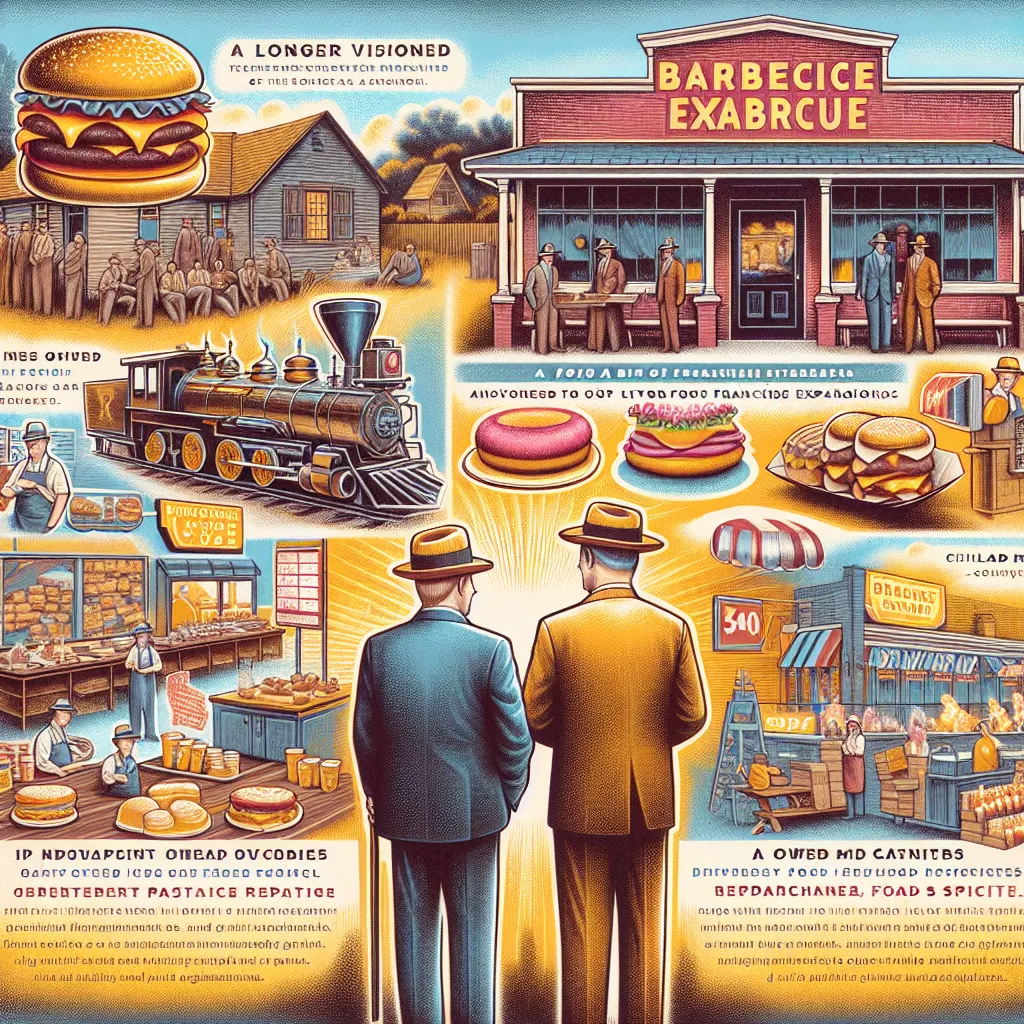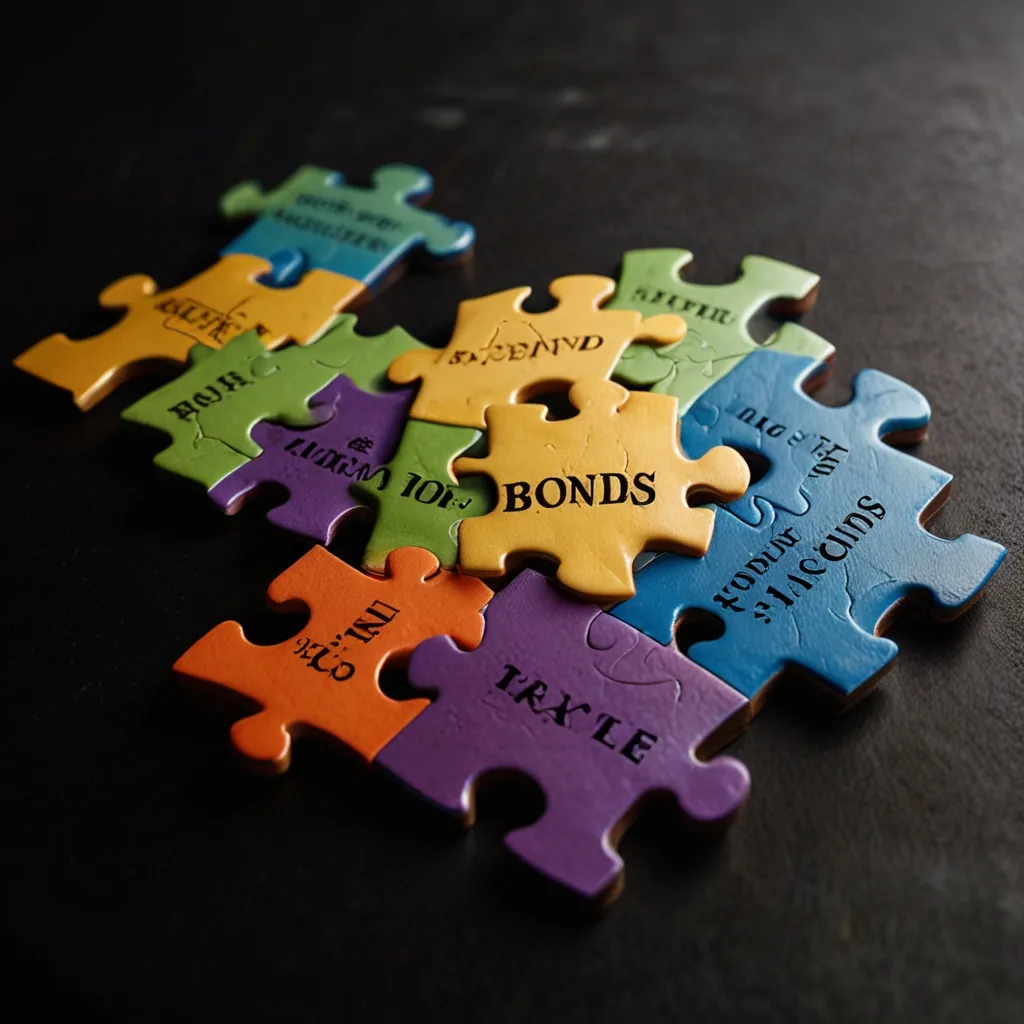Managing money can feel like this never-ending puzzle, especially when you’re not quite sure where to start. Picture this: you’ve got a puzzle where the pieces are your expenses, income, savings, and goals. Piecing it all together forms a picture called “Your Financial Future.” Yep, creating and managing a personal budget is that puzzle, and it’s more fun—and crucial—than it sounds.
First, we’ve got to know what we’re working with, right? That’s where understanding your income comes in. Your net income, or the money you pocket after Uncle Sam and others take their cut, is the cornerstone of your budget. If you’re a freelancer or self-employed, it’s like trying to tame a wild horse. Your income’s as unpredictable as the proverbial weather in April. Keep those invoices and payments under a microscope, and it’ll help prevent budget bloopers.
Once you’ve pinned down how much you’ve got, the next task is figuring out where it’s going. This step is all about tracking your spending. Think of it like a Netflix binge of your financial habits—eye-opening and maybe a little cringeworthy. You can start by dividing your expenses into two categories: fixed and variable. Fixed expenses are those boring but essential bills like rent, utilities, and car payments. Variable expenses, on the other hand, are the wildcards—groceries, gas, a Friday night out. Credit card and bank statements are like the infallible truth serum here. They provide a gritty, detailed picture of your spending habits.
For example, if your dining expenses are sipping champagne while the rest of your budget is on a beer diet, it might be time to cook at home more. A pen and paper, a budgeting app, or even online spreadsheets can be your best buddies in tracking spending. This step isn’t just about gathering data; it’s your financial mirror showing where you could tighten the purse strings.
Next up, setting realistic goals. We’re talking both short-term and long-term here. Short-term goals could be as simple as setting up an emergency fund or paying off that pesky credit card debt. Long-term goals? Think saving for retirement or your kid’s college tuition. Having these goals is like planting motivation seeds in your budget garden. If you’re eyeing a vacation, cutting back on non-essentials doesn’t feel like torture; it feels like progress.
Once you’ve tracked your spending and crystallized your goals, it’s time to craft a budget plan. This is where you compare your actual spending with your desired spending and set limits. A nifty framework to follow is the 50/30/20 rule: 50% of your income goes to needs, 30% to wants, and 20% to savings and debt repayment. It’s like giving every dollar a job while making sure the essentials are covered, and there’s still room for fun.
Now let’s talk adjustments. Sticking to the budget means making changes, especially in the “wants” category. Can you skip that trendy café cappuccino and brew your own? Small changes add up. If saving $10 a week by making coffee at home seems trivial, remember that it snowballs into $520 a year.
Automating your savings is another genius move. You’ve heard the saying, “out of sight, out of mind”? Automate transfers from your paycheck to savings, emergency funds, or investment accounts as soon as you get paid. This way, it’s like the money was never there to spend in the first place.
Avoiding credit card debt can be a game-changer. Credit cards might give you the illusion of having more money than you actually do, but it’s a slippery slope. Leave those cards at home and rely on cash or debit cards. It keeps your spending in check and avoids the jolts of a high credit card bill. Also, if you can opt out of overdraft protection, do it. Trust me, those fees aren’t worth the temporary embarrassment of a declined card.
Having an emergency fund is like having your financial knight in shining armor ready to swoop in when things go south. Aim to save enough to cover at least three months’ worth of expenses. This fund is off-limits until real emergencies strike—think job loss or unexpected medical bills. Knowing you have that cushion can give you peace of mind and keep your other savings goals on track.
Budgets aren’t etched in stone. They’re dynamic and should be reviewed regularly. Your financial landscape changes with raises, new expenses, or even lifestyle tweaks. Review your budget every few months to keep it aligned with your goals. If you get a raise, think about bumping up your savings or paying off debt quicker. If you move to a pricier place, adjust your budget to reflect the new reality.
While it might seem daunting, budgeting doesn’t have to be rocket science. Simple tools like spreadsheets or budgeting apps can streamline the process. They help categorize expenses, set reminders, and track spending effortlessly. Another neat strategy is the “pay yourself first” method. Automate savings so that a portion of your paycheck goes directly into your savings before you even touch the rest.
Finally, the heart of successful budgeting is living within your means. Accepting that your income is finite is crucial. Making conscious spending decisions ensures that you aren’t living on the edge financially. For example, frequent dining out might need to take a back seat to home-cooked meals. Expensive entertainment? Look for free or budget-friendly alternatives. These mindful changes help you spend wisely and build a robust financial future.
All in all, creating and managing a personal budget is like wielding a superpower. You gain control over your spending and build a safety net for the future. Know your income, keep a vigilant eye on your expenses, set realistic goals, and adjust when necessary. Automate savings, dodge credit card debt, build that emergency fund, and review your budget regularly. With these strategies, you’re not just managing money; you’re mastering it, paving your path to financial stability and success.






